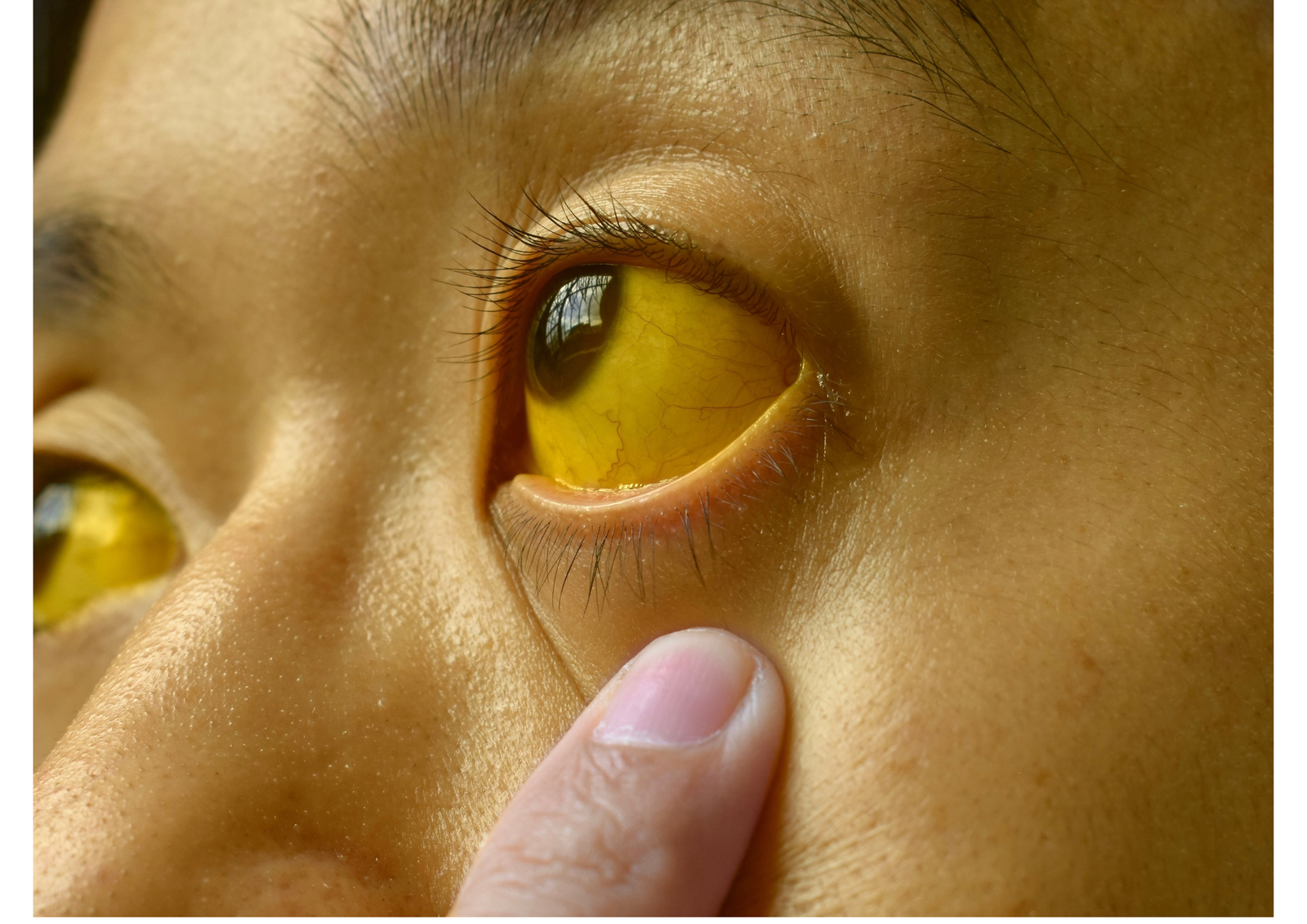
How to Reduce Joint Pain and Improve Mobility
Introduction:
Joint pain is a common issue that affects millions of people worldwide, impacting their quality of life and mobility. Whether it’s due to arthritis, injuries, or other underlying conditions, finding effective ways to reduce joint pain is crucial for maintaining overall health and well-being. In this comprehensive guide, we’ll delve into various strategies, lifestyle changes, and treatments to help you manage joint pain and regain mobility.
Understanding Joint Pain:
Before diving into remedies, it’s important to understand the causes and types of joint pain. Joints are where two or more bones meet, surrounded by cartilage, tendons, ligaments, and synovial fluid for smooth movement. Joint pain can result from inflammation, injury, overuse, or degenerative conditions like osteoarthritis and rheumatoid arthritis.
Maintain a Healthy Weight:
Excess weight can put added stress on joints, particularly weight-bearing ones like knees, hips, and spine. Losing weight through a balanced diet and regular exercise can significantly reduce joint pain and improve mobility. Focus on nutrient-rich foods, portion control, and staying hydrated to support overall health and weight management.
Adopt an Anti-Inflammatory Diet:
Certain foods have anti-inflammatory properties that can help alleviate joint pain and reduce inflammation. Incorporate omega-3 fatty acids from sources like fatty fish (salmon, mackerel), flaxseeds, and walnuts. Include colorful fruits and vegetables rich in antioxidants, such as berries, leafy greens, and cruciferous veggies. Limit processed foods, sugary beverages, and foods high in saturated fats to minimize inflammation.
Engage in Regular Exercise:
Exercise is essential for joint health, but it’s crucial to choose activities that are gentle on your joints. Low-impact exercises like swimming, cycling, yoga, and tai chi can improve flexibility, strengthen muscles, and reduce joint pain. Gradually increase intensity and duration based on your fitness level and consult a healthcare professional or physical therapist for personalized exercise recommendations.
Utilize Hot and Cold Therapy:
Applying heat and cold can provide temporary relief from joint pain and inflammation. Use a heating pad, warm compress, or warm bath to relax muscles and improve blood flow to the affected area. Cold therapy with ice packs or cold compresses can reduce swelling and numb pain. Alternate between hot and cold treatments based on your comfort and response.
Consider Over-the-Counter Pain Relievers:
Nonsteroidal anti-inflammatory drugs (NSAIDs) like ibuprofen or naproxen can help alleviate mild to moderate joint pain and reduce inflammation. Use these medications as directed and consult with your healthcare provider, especially if you have underlying health conditions or are taking other medications. Acetaminophen may also be an option for pain relief.
Explore Topical Treatments:
Topical creams, gels, or patches containing menthol, capsaicin, or lidocaine can offer localized pain relief when applied directly to the skin over the affected joint. These treatments can provide a soothing sensation and reduce discomfort, but follow the instructions on the product label and consult with your healthcare provider if needed.
Incorporate Joint-Friendly Supplements:
Certain supplements may support joint health and reduce pain, although results can vary among individuals. Glucosamine and chondroitin are commonly used to support cartilage health and reduce symptoms of osteoarthritis. Omega-3 fatty acids from fish oil supplements can also have anti-inflammatory effects. Consult with your doctor before starting any new supplement regimen to ensure safety and effectiveness.
Practice Mindfulness and Stress Management:
Chronic stress can contribute to increased pain sensitivity and worsen joint discomfort. Incorporate relaxation techniques such as meditation, deep breathing exercises, and progressive muscle relaxation into your daily routine. Engage in activities you enjoy, connect with supportive friends and family, and seek professional support if stress becomes overwhelming.
Maintain Good Posture and Joint Protection:
Proper posture and joint protection techniques can reduce strain on joints and prevent further damage. Use ergonomic tools and aids when necessary, practice proper body mechanics during activities, and avoid prolonged periods of sitting or standing in one position. Consider consulting with an occupational therapist for personalized advice on joint protection strategies.
Conclusion:
Reducing joint pain requires a multifaceted approach that combines lifestyle modifications, exercise, pain management techniques, and medical guidance. By incorporating these strategies into your daily routine and working closely with healthcare professionals, you can effectively manage joint pain, improve mobility, and enhance your overall quality of life. Remember to listen to your body, stay consistent with your efforts, and seek professional advice as needed to achieve optimal results in reducing joint pain.
For more information
If you have any requirement of 100% Ayurvedic Ortho Kit Click here




